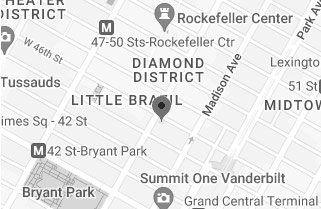What are Hyperbilirubinemia and Jaundice?
Hyperbilirubinemia and jaundice are medical conditions caused by excessive bilirubin in the blood. Bilirubin is formed when red blood cells break down. The substance is normally removed from the body. Because bilirubin has a coloring or pigment, too much of it in the body can cause a person’s skin and eyes to become yellow. This is a condition known as jaundice.
Infants have difficulty getting rid of bilirubin from their systems. During pregnancy, bilirubin is removed by the placenta. However, after birth, an infant’s liver must get rid of the substance. As a result, 60 percent of newborns get jaundice and hyperbilirubinemia; eighty percent of premature babies get the condition. Too much bilirubin can cause seizures and brain damage, a condition known as kernicterus. Therefore, it is important for jaundice and hyperbilirubinemia to be diagnosed and treated properly.
There are several types and causes of hyperbilirubinemia and jaundice. The first type, known as physiologic jaundice, occurs as a normal response of a baby’s limited ability to excrete bilirubin during his or her first couple of days of life. Breast milk jaundice is caused by a substance in breast milk that causes a baby to absorb bilirubin; two percent of breastfed infants get jaundice after their first week. Breastfeeding failure jaundice is caused by an infant’s not wanted to breastfeed. As a result, he or she becomes dehydrated, produces less urine, and bilirubin begins to build up in his or her body. Hemolysis, also known as Rh disease, is a condition in which a person has too many red blood cells, which the break down and cause excessive bilirubin buildup, causing jaundice. Moreover, jaundice may be related to inadequate liver function, which may be the result of an infection.
How are Hyperbilirubinemia and Jaundice Treated?
Medical professionals are usually able to diagnose jaundice and hyperbilirubinemia by testing bilirubin levels and red blood cell counts in the blood. Because bilirubin absorbs light, babies are often treated by phototherapy, a treatment in which the infant is exposed to special blue spectrum lights, which decrease the bilirubin level’s an infant’s system. A fiberoptic blanket emitting special light may also be placed under a baby. In some cases, a baby may undergo an exchange transfusion, a procedure in which small amounts of blood are taken and given to the infants. Doctors may also have to treat an infection which is the underlying cause of the jaundice and hyperbilirubinemia.
How Law Offices of Thomas L. Gallivan, PLLC can Help if Your Child was Diagnosed With Jaundice or Hyperbilirubinemia
Because excessive bilirubin can cause seizures and brain damage, a condition known as kernicterus, hyperbilirubinemia and jaundice can be dangerous. Therefore, proper treatment of these conditions is important. In some cases, however, medical professionals may fail to diagnose or treat the conditions properly. If your child’s hyperbilirubinemia and jaundice were caused by medical malpractice or neglect, Law Offices of Thomas L. Gallivan, PLLC may be able to help. We will investigate your child’ medical records to determine if his or her condition could have been prevented. If his or her hyperbilirubinemia and jaundice were a result of malpractice or neglect, we will recover compensation from those responsible. Contact Law Offices of Thomas L. Gallivan, PLLC now.



